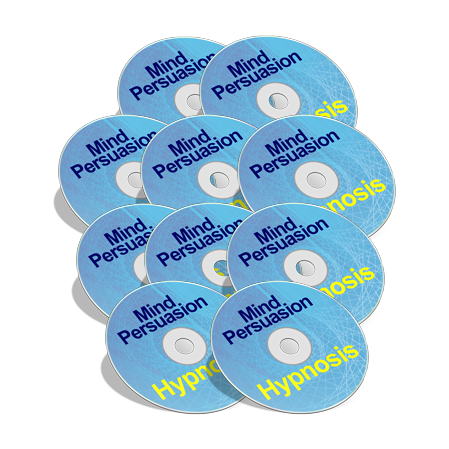Nobody likes to fail.
At least in modern society.
For example, let’s say you see a cute girl or guy across the room.
They are giving you some pretty good signals.
So you walk over and say, “Hi.”
Only it doesn’t go so well.
On the way over, you were hoping that it would go perfect.
On the way back, you wished you hadn’t gone in the first place.
(Sounds like a lot my trips to Vegas!)
The hope of getting a good result feels good.
The feeling of getting a bad result feels bad.
And since nobody likes bad feelings, we tend to not repeat that process very often.
However, this is very short term and very dangerous thinking.
You’ve likely heard of the missile metaphor.
That on it’s way to the target, it’s always re-adjusting its trajectory.
And if we set a strong enough goal, we’ll be like the missile.
We keep moving toward our target, and adjusting our trajectory.
The thing we don’t like so much is failure is an absolutely necessary component of this.
Every failure is SUPPOSED to make us think of a better way to do what we just did.
This is EXACTLY how our human goal-seeking mechanism works.
Success tells us what to do.
Failure tells us what not to do.
Both are equally important.
Once, way back in WWII, they were studying planes that hadn’t been shot down over Germany.
They brought in all kinds of mathematical experts to figure out why the planes that didn’t get shot down weren’t getting shot down.
The non-mathematical generals figured if they could replicate what worked, they would create more successful missions.
But a young scientist told them that was the wrong way to think about it.
He said the most important part was knowing HOW and WHY the planes that were shot down WERE shot down.
And since all of the planes that were shot down were in enemy territory, this made it kind of difficult.
Plenty of courses tell you (or allegedly tell you) of a step-by-step system to get some result.
Modeling is a certainly a method of replicating successful behavior.
It is certainly helpful.
But every human has a different experience.
So modeling, or replicating behavior, can only take you so far.
You still need to learn by trial and error.
Because error is gives you the necessary feedback to adjust course, and do better next time.
So, the million dollar question:
How the heck do you get yourself to do that, consistently, when failure sucks so bad?
The answer comes by understanding that trial and error learning is a SKILL.
And like any other skill, it’s best to start slow.
Take teeny tiny actions.
SLOWLY build up your tolerance for “failure.”
It’s just like anything else.
If you can only do one pushup today, it would be silly to try to do a hundred tomorrow.
But ANYBODY can start off with one pushup a day.
And when that becomes easy, increase to two.
Same with learning by trial and error.
Start slow, and gradually build up your trial and error learning skill.
Just like anybody can learn to do 100 pushups over time, you can learn to learn ANYTHING over time.
Get Started:

